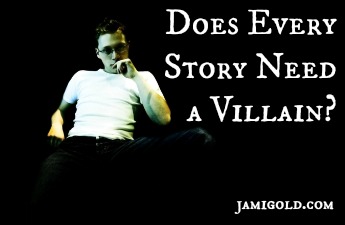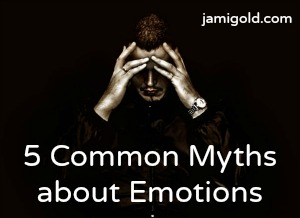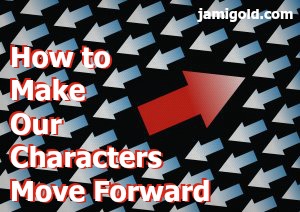Conflict is one of those words we all think we understand, but the writing-world meaning doesn’t have the same connotation as the non-writing meaning. Yet it’s only after understanding conflict that we’ll see the difference between antagonists and villains in storytelling.
Pin It
Read More
After completing a story, we might face the question of whether to put in the effort to revise it. If we decide our story has enough promise, what should we do next? Does our story contain all the essential elements? Does it have the bones of a good story?
Pin It
Read More
Whether we put any stock into tests like Myers-Briggs, they’re interesting for providing insights into our strengths and weaknesses. Once we understand our traits, we can decide whether we wish to fight to improve, find a way around them, or embrace them as part of our process.
Pin It
Read More
We’ve probably all come across “click bait” headlines that create a compulsion to click, but another click-worthy aspect of any content is simply the topic itself. For blog posts or books, learning what topics appeal to our readers can help us develop content.
Pin It
Read More
We all have emotions, so we all think we know how to write them. However, sometimes the best writing comes from exposing an emotional truth that we’re hiding from ourselves. So the better we understand emotions, the better our stories will resonate with our readers.
Pin It
Read More
My Elements of a Scene Checklist helps us identify whether a scene is truly necessary and contributing to our story by making sure it fulfills a story purpose. The same judgment criteria can apply to subplots as well. Let’s take a look at how can we make sure our tangents and subplots are adding to the story and not acting as a distraction.
Pin It
Read More
If you’re anything like me, you might have a love/hate relationship with revisions. I love seeing my story strengthen and improve, but I hate the struggle. Today my guest poster is sharing a worksheet to help us find the important aspects of each scene so we can revise without tears.
Pin It
Read More
If we don’t want to write characters who are too perfect, we have to layer in a few flaws. That means we might be writing characters who are “broken” in some way, and we don’t want to get the details wrong. Luckily, I know just who can help us get this right.
Pin It
Read More
Whatever happens in the Climax is often the reason we decided to write the story back when it was just a twinkle in our muse’s eye. But just before the beat of the Climax, our character experienced the Black Moment/Crisis, where they gave up. How do we get them to recommit to the story goals?
Pin It
Read More
Stories with multiple major characters—with their own point-of-view (POV) scenes—can make story structure complicated. Do we have to make beat sheets for each character? As a romance author, I write with multiple POVs all the time, so let’s see if we can figure out how to make beat sheets work in those situations.
Pin It
Read More










